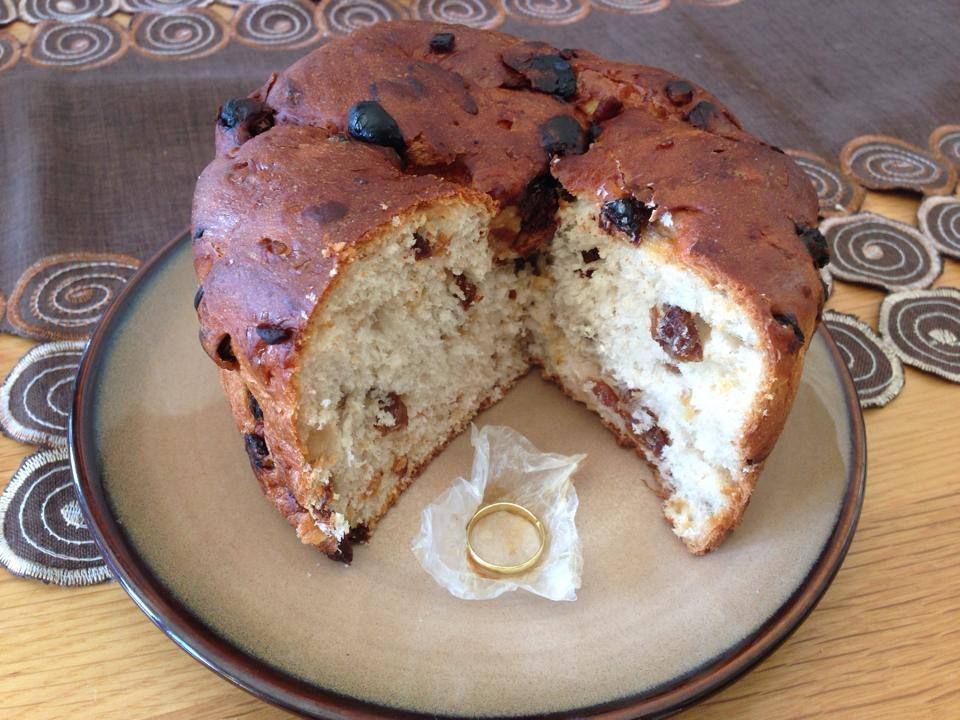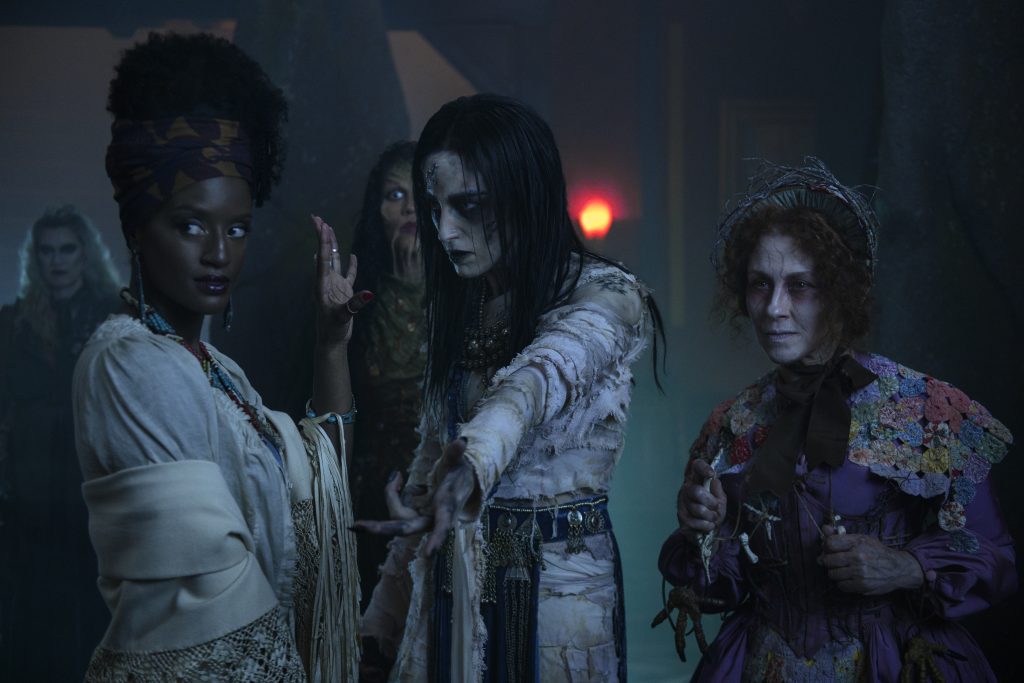America has perfected Halloween by inventing the caramel apple and the movie Hocus Pocus. But did you know that Halloween was originally an ancient Irish tradition?

We celebrate Halloween these days with trick or treating, fun costumes, pumpkin carving, and haunted houses, but where did it all begin?
Forget the horror novel that you’re too scared to read and instead, why not tuck into this story with a pumpkin spice latté on hand?
We’ve investigated the history of Halloween in Ireland to reveal an ancient Irish tradition born from Celtic roots.
Halloween – what’s in a name?

Halloween occurs every year on 31 October. The name Halloween is derived from ‘All Hallow’s Eve’ because ‘All Hallow’s Day’ is on 1 November.
Also known as ‘All Saint’s Day’, it is a holiday that was traditionally dedicated to honouring saints.
All Saint’s Day is still celebrated in western Christianity on 1 November, followed by ‘All Soul’s Day’ on 2 November, a day for honouring the dead.
As you can see, death is a prominent feature of these holidays, and Halloween is no exception.
The festival of Samhain – where it all began

You may think we’re pointing out the obvious by associating Halloween with death, what with all the ghostly figures decorating our windows at this time of year.
However, the history of Halloween in Ireland paints death in a much more serious light than that of a novelty tombstone.
Thousands of years ago, 31 October marked the beginning of Samhain (pronounced Sow-in). This pagan Celtic festival marked the ending of summer and the beginning of winter, foretelling the darker days to come and even alluding to death for some.

People also believed that Samhain blurred the lines between the living and the dead, allowing the dead to walk the earth for the day.
Therefore, it was common to ward off evil spirits by lighting bonfires and wearing costumes. Anyone wearing a costume would blend in as one of the dead and remain untouched by evil forces.
The history of pumpkins and trick or treating – modern Halloween traditions

Over time, Halloween evolved into a day of fun activities. Children began collecting treats from their neighbours, and families carved pumpkins into lanterns.
One theory suggests that trick or treating originated during Samhain. People would go door to door offering performances in exchange for food and drink they would then use to appease the spirits.

The tradition of carving pumpkins developed much later. Irish people used to carve faces into turnips to scare away the dead during the festival of Samhain.
The switch from the turnip to pumpkin happened soon after the great potato famine of the 1800s. It caused a mass migration of Irish people to settle in the USA. It was concluded that pumpkins were a lot easier to carve, and so the famous jack-o-lantern was born.
Halloween in Ireland – the traditions we still love today

Nowadays, it is not uncommon to find a bonfire on Halloween night or children bobbing for apples at a party.
The history of Halloween in Ireland exposes the more old-fashioned games that centred around divination. One game that we don’t see very often today involves six saucers laid out on a table, with each saucer containing something different.
The child playing the game would close their eyes and reach out to touch a saucer, the contents of which would predict their future.
A pound meant they would become rich and a ring meant they would be first to marry. Clay meant they would be first to die and flour meant they would become a baker. Meanwhile, water meant they would cross the ocean and rosary beads meant they would become a priest or nun.

What’s more, the traditional Halloween fruitcake ‘Bairín Breac’ (barmbrack in English) was also used to predict the future.
Different objects would be hidden in the cake, each one revealing the future to its beholder.
Bairín Breac is still eaten in Ireland every autumn. It’s easy to make or can be bought in Irish supermarkets around Halloween time.
Although it’s not associated with divination anymore, you can still buy Bairín Breac with a ring hidden inside. We can remember the trouble we caused as children, tearing apart the Bairín Breac in search of that precious ring!
The history of Halloween in Ireland – references in pop culture

The pagan and Celtic traditions of ancient Ireland have made appearances in pop culture over the years. In the Netflix series The Chilling Adventures of Sabrina, pagan witches are shown to be chanting an incantation in what sounds like old Irish.
Moreover, it is theorized that the last Harry Potter book, Harry Potter and the Deathly Hallows, is a reference to ‘All Hallow’s Eve’, the old name for Halloween.
Halloween today reminds us of the blending of Irish and American cultures. It is a wonderful festival, unrestricted by age or nationality. So, what are you dressing up as this year?

